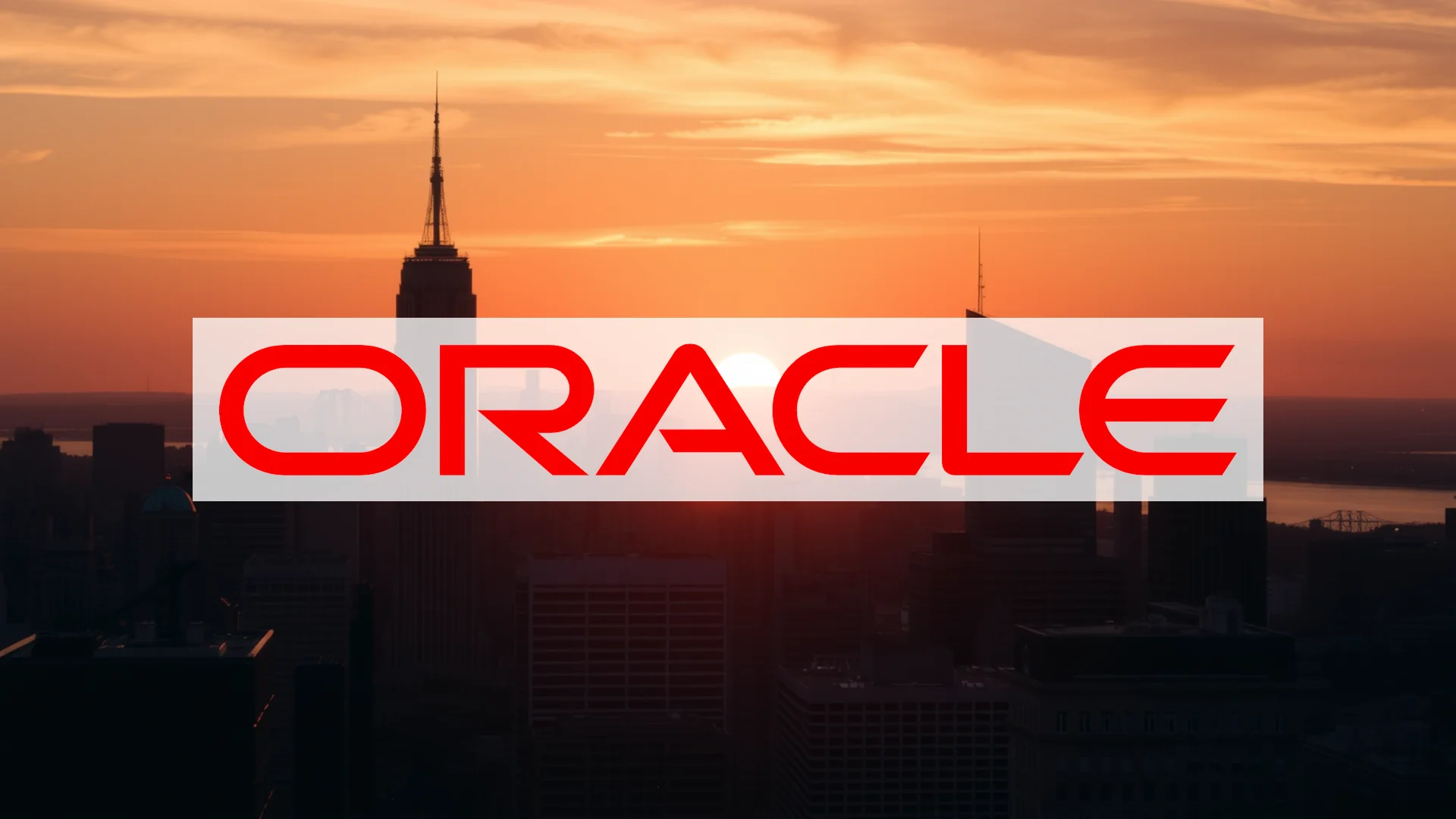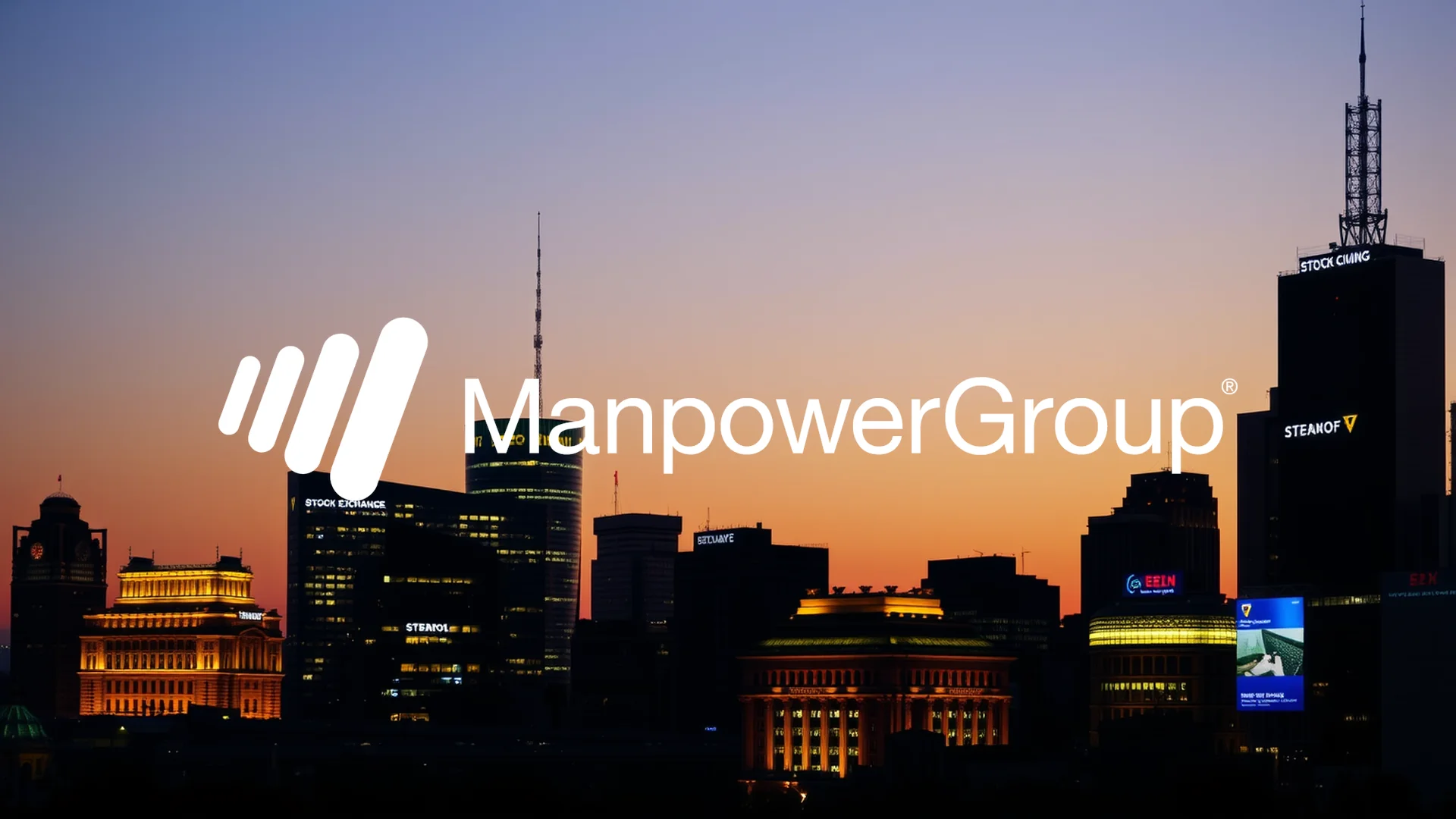Oracle finds itself at a critical juncture as conflicting narratives emerge about its true position in the cloud computing sector. While the technology giant continues to announce massive AI commitments and record cloud contract growth, a fundamental question is being raised by financial analysts: Is Oracle genuinely a cloud provider, or merely an expensive financing partner with inflated valuations?
The controversy gained significant traction in late September when investment bank Rothschild & Co’s research arm, Redburn, issued a stark “Sell” rating for Oracle shares. The firm set a price target of just $175, representing a nearly 40 percent discount to the stock’s current trading levels. This bearish assessment directly challenges the prevailing market optimism surrounding Oracle’s cloud ambitions.
Questioning the Core Business Model
At the heart of the skepticism lies Rothschild’s characterization of Oracle’s approach to large single-tenant deployments. The analysis suggests the company operates “more like a financier than a cloud provider,” with an economic model that “differs significantly from the approach investors typically value.” This fundamental challenge to Oracle’s cloud identity comes during what should be a triumphant period for the company.
Just as these doubts emerged, Oracle had revealed extraordinary growth in its remaining performance obligations, which surged 359 percent to $455 billion. This massive increase was primarily fueled by multibillion-dollar cloud agreements, including a reported $300 billion arrangement with OpenAI. Following this announcement, Oracle’s stock had climbed more than 30 percent, reflecting strong market enthusiasm.
Should investors sell immediately? Or is it worth buying Oracle?
The $60 Billion Guidance Under Microscope
Market experts are expressing particular concern about Oracle’s five-year cloud revenue guidance of approximately $60 billion. According to skeptical analysts, these ambitious targets appear fully priced into the current stock valuation and represent a “high-risk dream scenario that will likely fail to materialize.” The timing of this scrutiny is notable, given Oracle’s recent bond issuance of $18 billion in late September—one of the largest corporate debt offerings this year—to fund its aggressive AI infrastructure expansion.
The company’s internal projections outline dramatic growth targets for Oracle Cloud Infrastructure: reaching $18 billion by 2026 (a 77 percent increase), followed by progressively ambitious targets of $32 billion, $73 billion, $114 billion, and ultimately $144 billion in subsequent years. These very projections now face intense examination from financial researchers.
Balancing AI Enthusiasm with Financial Reality
Oracle currently navigates the complex territory between artificial intelligence euphoria and economic fundamentals. The company receives praise for its involvement with TikTok U.S. operations and partnerships with AI pioneers, yet warning voices about potential overvaluation are growing louder.
With a market capitalization exceeding $800 billion, Oracle now ranks among the ten most valuable U.S. companies. Its shares have advanced approximately 70 percent since the beginning of the year, though the stock has experienced volatility between $280 and $285 since reaching its September peak. This price fluctuation reflects the ongoing tension between Oracle’s promising AI positioning and emerging questions about its underlying business economics.
Ad
Oracle Stock: Buy or Sell?! New Oracle Analysis from November 15 delivers the answer:
The latest Oracle figures speak for themselves: Urgent action needed for Oracle investors. Is it worth buying or should you sell? Find out what to do now in the current free analysis from November 15.
Oracle: Buy or sell? Read more here...











